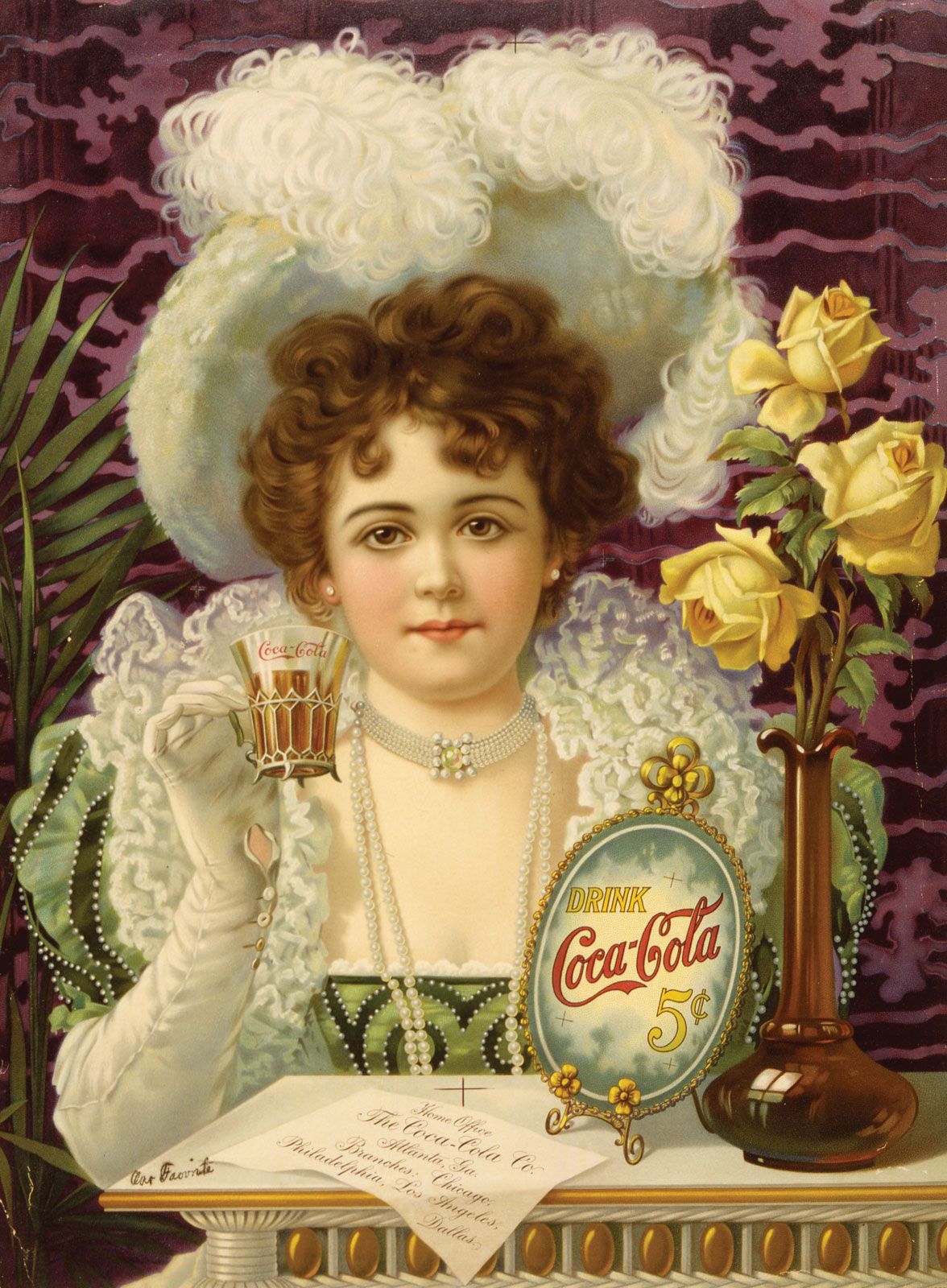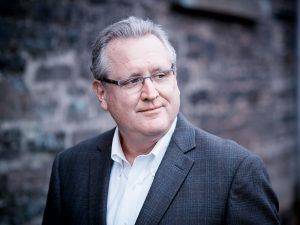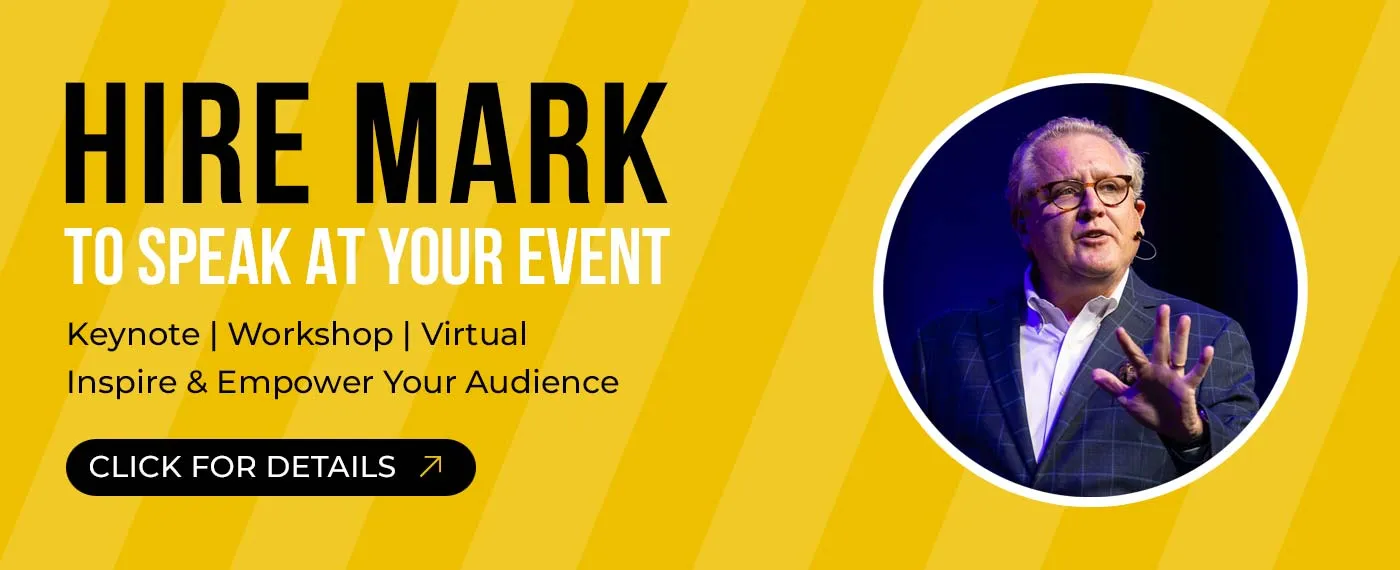
I came across this charming ad from Coca-Cola. It’s from 1890. It’s obviously from another era, but the intent behind the brand is the same — Coke is trying to evoke an emotion of youthful vigor and sophistication … all at a good price.
Some things never change, but mostly they do. I’ve been thinking a lot about this lately. How has the idea of “brand” evolved over the decades?
What did “brand” mean in the 1800s? 1900s? The “Mad Man” days … versus what is happening now? Are some fundamentals of branding foundational and evergreen, or is the idea of “the brand” shifting toward something new?
I have some of my own ideas about this, but I polled some of my smart friends and they came through for me with some great perspectives. Let’s get into this fascinating debate.
Branding is more important than ever
I first started studying this question of brand evolution in 2014 as I was writing The Content Code. In this book I envisioned a new content marketing approach required by a world filled with far too much content. One conclusion: Branding in the modern world is more important than ever.
Content marketing today is a war for attention. If you already have some brand recognition, and maybe even an emotional response to a certain brand, you have an advantage in winning the war.
But how we gain that attention and sustain that meaningful emotion is changing dramatically, as my friends tell us:
Evelyn Starr, CEO and Founder E. Starr Associates
Branding is not the same today. There has been a huge shift in the idea of a brand, from a manufactured image to a collection of experiences. It is the reason companies are now focused on customer experience. The most forward-thinking companies realize that employee experience makes the customer experience. Progressive CEOs I have interviewed have literally said “my employees are 98% of our brand.”
In the past, companies could influence their brand image by tapping the dominant media of the time — TV, radio, print. But they were never really in control, which is why when social media came along things unraveled so fast.
Samantha Stone, Founder and CEO Marketing Advisory Network
The goal of a brand in the Mad Men era was to sell something. Today, our primary goal remains to sell something. However, the most durable brands also have a goal to stand for something — not only to their customers but for their team.
Carlos Oramas, CEO GEMS Group
The work of the Mad Men time aimed at having people aspire to belong to the brand, whereas today brands aim to belong to the people.
Chad Illa-Petersen, Founder Social Chadvisor
An old-school definition of brand: “a particular identity or image regarded as an asset.”
This is still the case. The identities, images that represent the “brand” may have changed, but “the brand” is still your biggest asset. Whether that’s is people, causes, quality, or a tiger on a cereal box, your brand is still the thing that makes you grrrreat
Shannah Haley, Director of Communications, City of Plano
Marketing still touches on the issue of creating attention (building awareness), but it’s much more about creating experiences (including the issues of FOMO and belonging) that lead to trust.
Gene Petrov, CEO Petrov LMC
The highest aim of a brand should be to serve people not necessarily sell. I think we are moving closer to that ideal, but it is obviously still a work in progress.
Jeff Thomas, President 30dps
Branding is still about being noticed and recognized, but it’s so much more about THEM (the customers) instead of US (the marketer). I still run into marketers who think that branding is all about self (who WE are as a company). While brands must be authentic (and transparent) to succeed, if the brand isn’t first and foremost about THEM, I believe they are ultimately doomed to failure.
Tyler Lessard, VP Marketing Vidyard
It feels like we’ve moved from a “one-dimensional” world of brand which was flat and static (Mad Men advertising, one way push), to a two-dimensional world of brand that is two-way and real-time (social media). We’re on the cusp of the “3D” brand where it’s a living organism. How it acts and behaves is just just as important as what it says.
Nir Betan, COO at StudeoHQ
The erosion of centralized control is one of the biggest paradigm shifts in branding today and is likely to only accelerate.
My own view
- Many aspects of branding are the same … and always will be. The “Four Ps” are still solid – Place, Product, Promotion, and Price all matter, all communicate. I would add a fifth P in some cases – Purpose, which is quite different form the MadMen days.
- Great branding requires that you connect some emotion to your product that compels a customer to buy.
- Creating a long-lasting brand image — like Disney, Nike, or American Express — is important. But increasingly, branding is in-the-moment as consumers are always-on, always discovering, always reacting to the pulse of the culture. Example: Budweiser created a campaign in 12 hours based on a single strange event at a baseball game.
- A brand used to be about changing a consumer. Today, it is more about respecting a consumer’s ability to make up their own mind and coming alongside them.
- A brand used to be what we told you. Today, a brand is what consumers tell each other. Marketing today is about earning a place in that conversation. The customer is the marketer. How do we help them do that job?
What would you add?
 Mark Schaefer is the chief blogger for this site, executive director of Schaefer Marketing Solutions, and the author of several best-selling digital marketing books. He is an acclaimed keynote speaker, college educator, and business consultant. The Marketing Companion podcast is among the top business podcasts in the world. Contact Mark to have him speak to your company event or conference soon.
Mark Schaefer is the chief blogger for this site, executive director of Schaefer Marketing Solutions, and the author of several best-selling digital marketing books. He is an acclaimed keynote speaker, college educator, and business consultant. The Marketing Companion podcast is among the top business podcasts in the world. Contact Mark to have him speak to your company event or conference soon.


